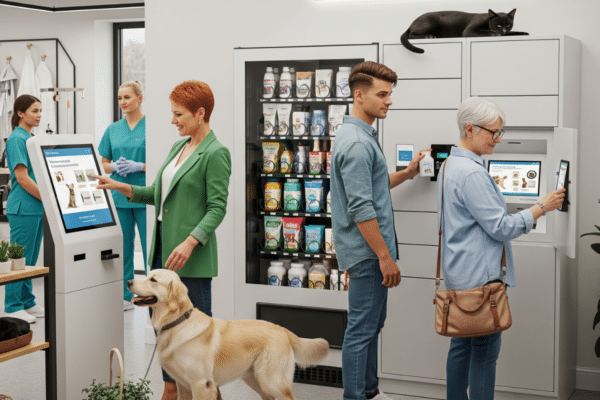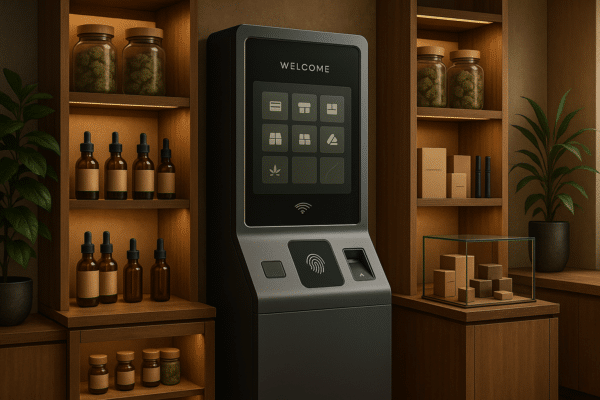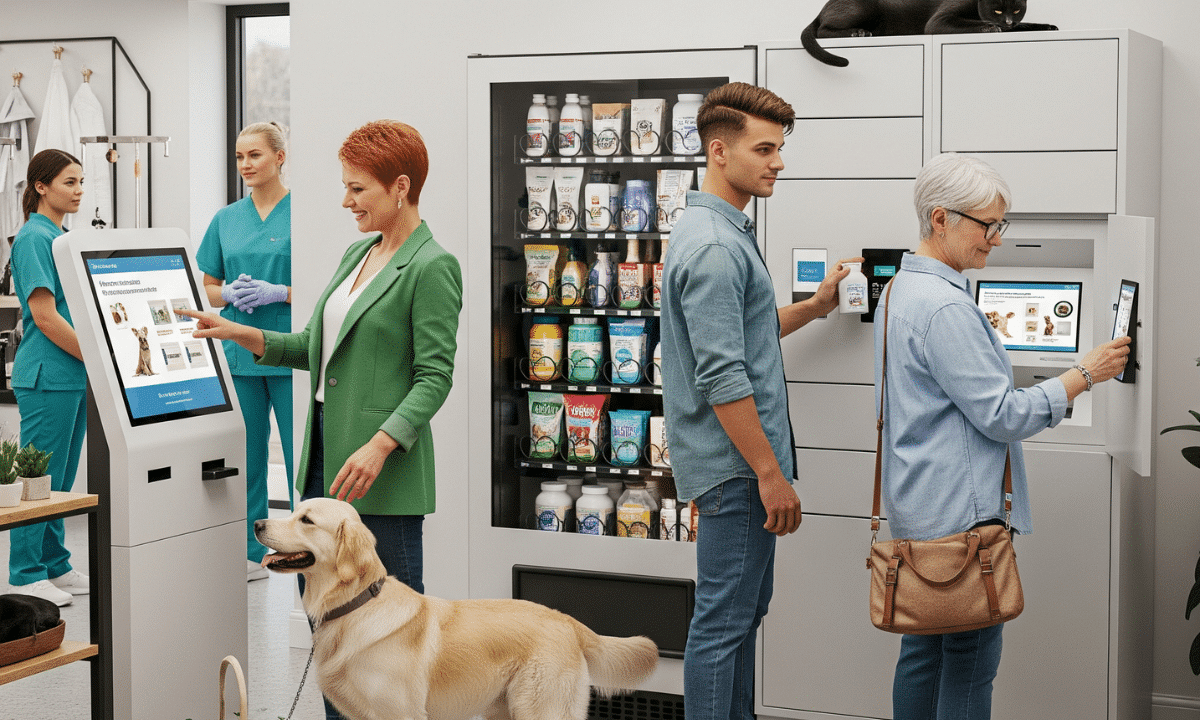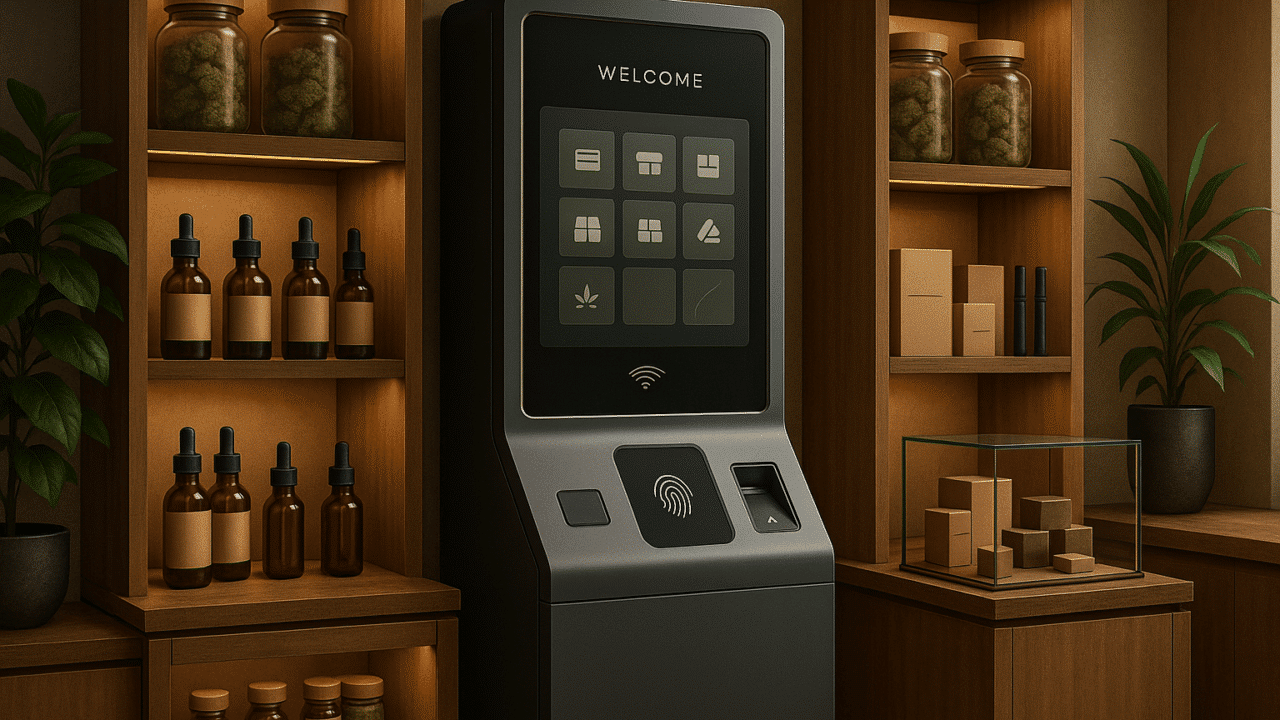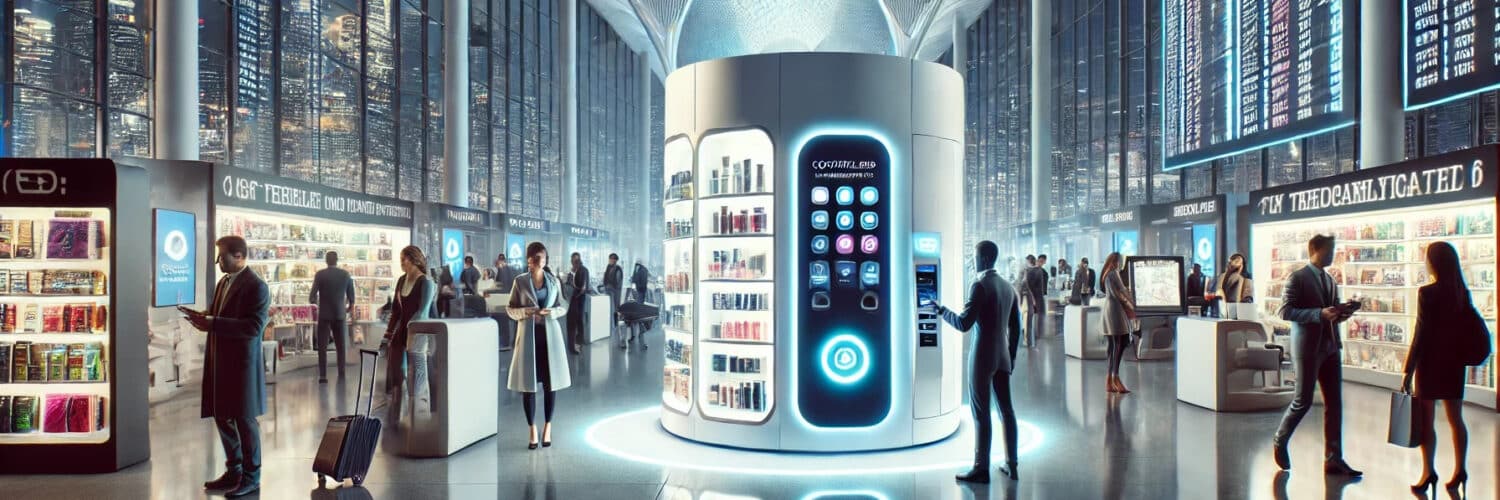
Why Automated Retail is Key to Unlocking Convenience Shopping
The pace of retail is accelerating, and consumers are setting the tone. Speed, ease, and control now define success—especially in a marketplace where convenience is no longer a competitive edge, but an expectation. Shoppers want experiences that are seamless, intuitive, and available whenever and wherever they are. That’s where automated retail becomes essential.
From smart vending machines at airports to AI-powered self-checkout kiosks and autonomous stores, automation is revolutionizing the way people shop. It’s not just about novelty; it’s about solving real operational challenges, empowering customer choice, and enabling retailers to scale quickly with fewer barriers.
At T-ROC, we work with retailers to translate automated retail from an idea into measurable impact—combining technology, data, and strategy to make convenience a brand advantage.
Let’s break down why automation isn’t just the future of retail—it’s the now.
What Is Automated Retail—and Why It Matters
Automated retail refers to tech-enabled, self-service models that reduce or eliminate human involvement at the point of sale. Think: cashier-less stores, smart kiosks, interactive vending machines, and even mobile pop-ups that operate autonomously.
These innovations cater directly to modern consumer behavior. Research from Retail Dive shows that automation reduces operational inefficiencies, boosts customer satisfaction, and drives higher basket sizes. For brands, it’s about scalability. For customers, it’s about instant gratification with zero friction.
And you don’t have to be Amazon to take advantage. Scalable solutions now exist for businesses of all sizes—and T-ROC helps bring them to life with the right combination of people, tech, and retail strategy. Learn more about how we do it on our Automated Retail Services page.
Why Convenience-Driven Shoppers Are Fueling This Shift
The desire for frictionless shopping isn’t new—but it’s been supercharged by shifting consumer habits and technological progress. According to McKinsey’s 2024 retail outlook, 72% of consumers now prioritize convenience over brand loyalty when choosing where to shop.
Here’s what’s driving the demand:
-
Immediacy: Long lines and slow checkouts kill conversions. Automation removes those pain points.
-
Contactless Experience: Payment preferences have shifted. Tap-to-pay and digital wallets now dominate transactions.
-
24/7 Shopping: Traditional store hours don’t match today’s lifestyle. Kiosks and vending machines bridge that gap.
-
Labor Shortages: Retailers need to maintain high service levels while controlling labor costs.
-
Safety Expectations: Customers still prefer low-touch environments, especially in high-traffic areas.
It’s no surprise that brands who optimize for convenience are outperforming competitors in both traffic and retention.
The Retail Automation Technologies Shaping the Industry
Sensor-Powered, Cashier-Less Stores
Stores like Amazon Go and 7-Eleven’s Evolution Stores use computer vision, sensors, and AI to let customers walk in, grab products, and leave—no checkout required. These stores are redefining customer expectations and opening the door to faster shopping formats.
As we support our retail partners, we frequently integrate Retail360 into their in-store environments, helping brands streamline back-end systems to enable this kind of tech-forward execution. Discover how Retail360 fits into an automated retail strategy.
Smart Vending and Autonomous Kiosks
What started as snack dispensers has evolved into high-tech retail hubs. Smart vending now serves up tech gadgets, cosmetics, wellness products, and fresh meals, with real-time inventory tracking, touchless payments, and adaptive merchandising.
Retailers like CVS, Best Buy, and Sephora are using kiosks to reach travelers in airports, college campuses, and train stations. These small-footprint activations expand their reach, generate sales around the clock, and offer brands a low-risk way to test new markets.
T-ROC helps deploy, staff, and maintain these vending systems so they’re always on and delivering value.
Personalized Automation Powered by AI
Beyond fast checkout, AI in automated retail enables personalization. From smart mirrors to AI-powered product recommendations, automation now anticipates preferences, reducing choice fatigue and increasing customer satisfaction.
A recent Retail Doc article explains how retail merchandising and AI can work together to influence purchase behavior at the shelf—and we’re seeing this play out across beauty, apparel, and tech sectors.
Want to level up your display strategy too? Explore our T-ROC merchandising services to see how we align automated retail with in-store execution.
Inventory Precision with RFID & Real-Time Data
Automation extends to stock management, too. Retailers like Zara and Uniqlo are using RFID and IoT sensors to maintain real-time visibility of inventory—driving better in-stock rates, faster replenishment, and smarter demand forecasting.
That level of accuracy doesn’t just save costs—it improves the customer experience by ensuring products are always available.
See How the Right Merchandising Strategy Transforms In-Store Success
📢 Curious about how T-ROC is shaping the future of retail? Dive into our blog for expert insights, real-world success stories, and cutting-edge strategies designed to help brands thrive in today’s evolving market.
🔗 Explore More
The Business Case for Automated Retail
Here’s why brands are adopting automation faster than ever:
-
Operational Efficiency: Self-checkout, automated stocking, and streamlined processes cut down costs.
-
Expanded Reach: Kiosks and vending allow retailers to go where traditional stores can’t.
-
Data-Driven Insights: Every interaction generates insights to improve targeting and merchandising.
-
Customer Satisfaction: Faster, simpler shopping means more repeat customers and greater loyalty.
And for retailers looking to stay lean, automated solutions require fewer employees without sacrificing service—when paired with the right tech and execution plan.
Automation Isn’t Without Hurdles—But It’s Worth the Investment
Retailers must be mindful of the challenges that come with deploying automated retail:
-
Startup Costs: Hardware and software require upfront investment.
-
Cybersecurity: More tech means more data to protect—especially in payment systems.
-
Adoption Curve: Some customers still need guidance with new formats.
-
Team Dynamics: Human talent remains vital. Training staff to complement—not compete with—automation is essential.
When these challenges are met with a clear strategy, the payoff far outweighs the friction.
The Takeaway: Convenience and Automation Go Hand in Hand
Automated retail is no longer a trend—it’s the new expectation. With solutions ranging from AI-powered kiosks to RFID-backed inventory systems, automation is improving speed, flexibility, and personalization across every touchpoint.
Brands that embrace it now will be positioned to lead—not just keep up.
Let’s Talk About Your Merchandising Goals
💡 Ready to elevate your brand’s in-store presence and customer engagement? Let’s connect! Our customized solutions are designe

